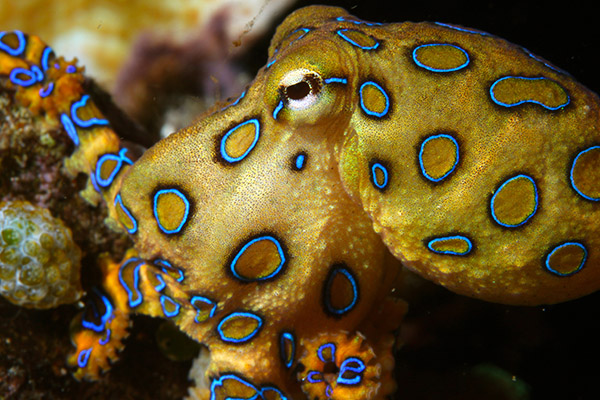- 10,031
- 8,101
The calculation of Hundred-Eyes Octopus attack potency was recalculated (8-A - 7-C). So the minimum potency of a Dragon Level is not "Low 7-B+".
Minimum potency of a Dragon Level = At least Low 7-B/1.22 megatons, likely higher (A Dragon Level should be far superior to Royal Ripper and Bug God)
This is not only for monsters, many humans are affected
A "Low 7-B+" characters will be "At least Low 7-B, likely higher"
A "7-B" characters will be "At least Low 7-B, likely far higher"
Minimum potency of a Dragon Level = At least Low 7-B/1.22 megatons, likely higher (A Dragon Level should be far superior to Royal Ripper and Bug God)
This is not only for monsters, many humans are affected
- Metal Bat
- Flashy Flash
- Darkshine
- Atomic Samurai
- Garou
- Watchdog
- Bang
- Bomb
- Pig God
- Fubuki
- Drive Knight
A "Low 7-B+" characters will be "At least Low 7-B, likely higher"
A "7-B" characters will be "At least Low 7-B, likely far higher"
